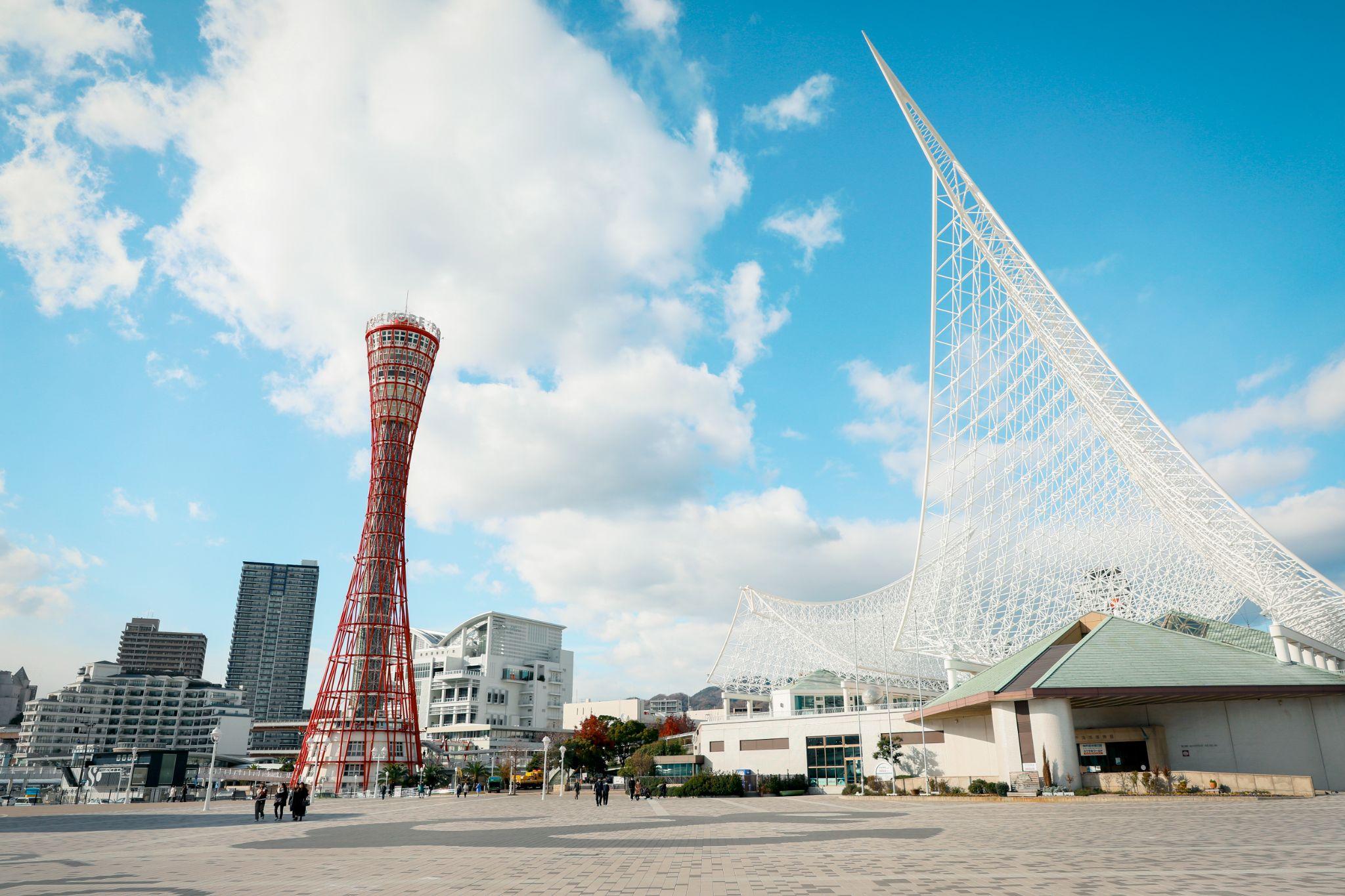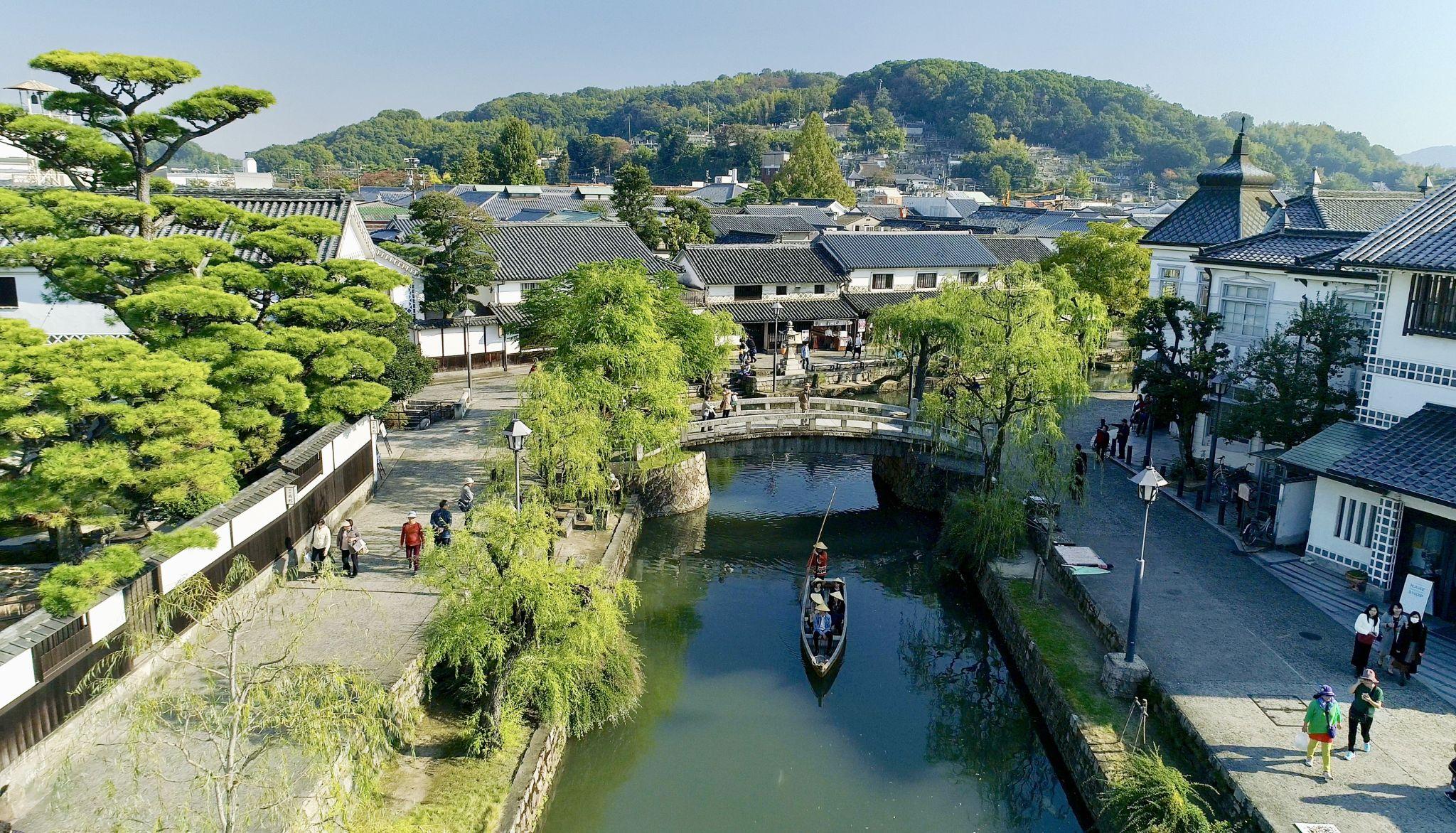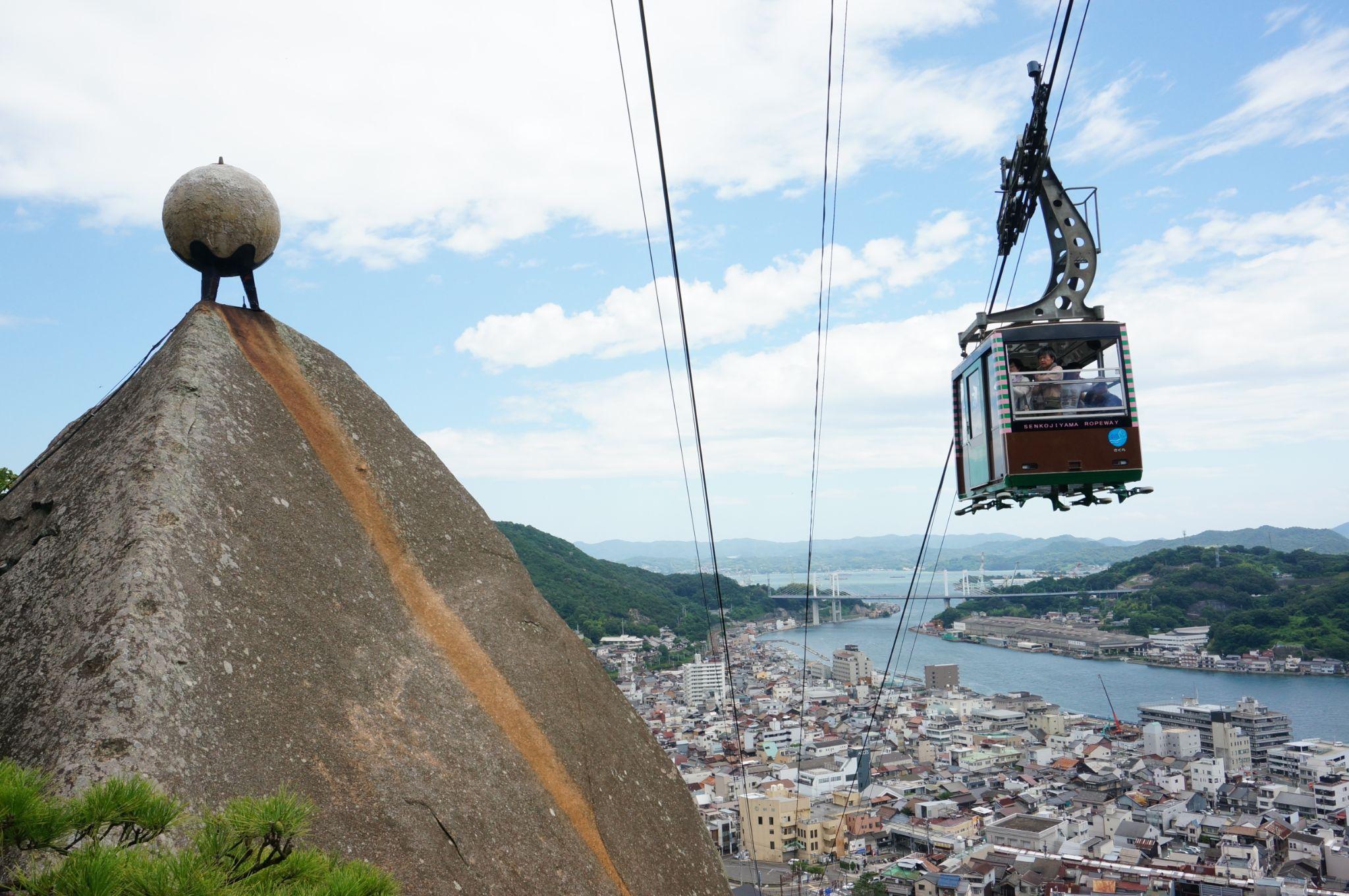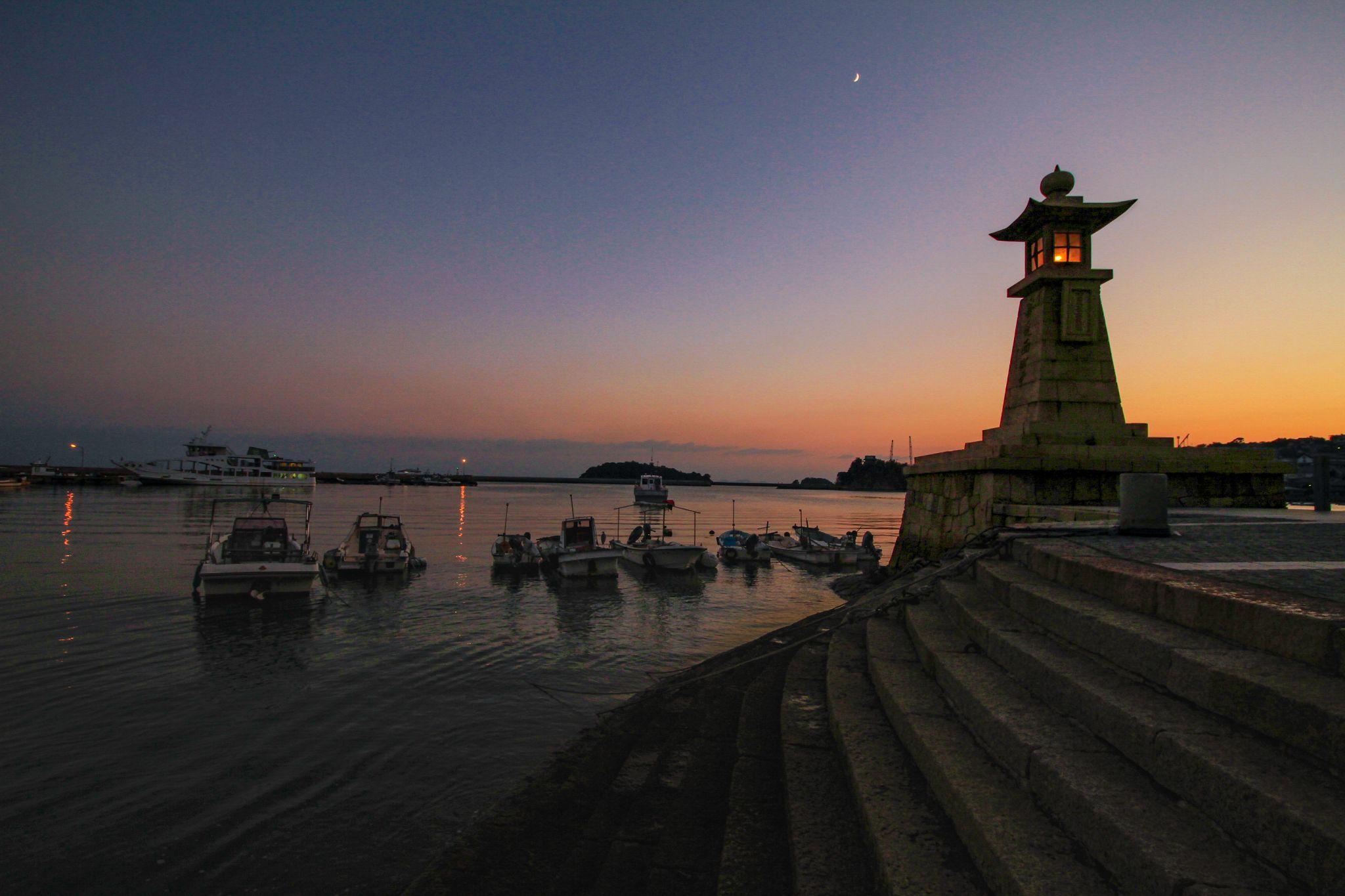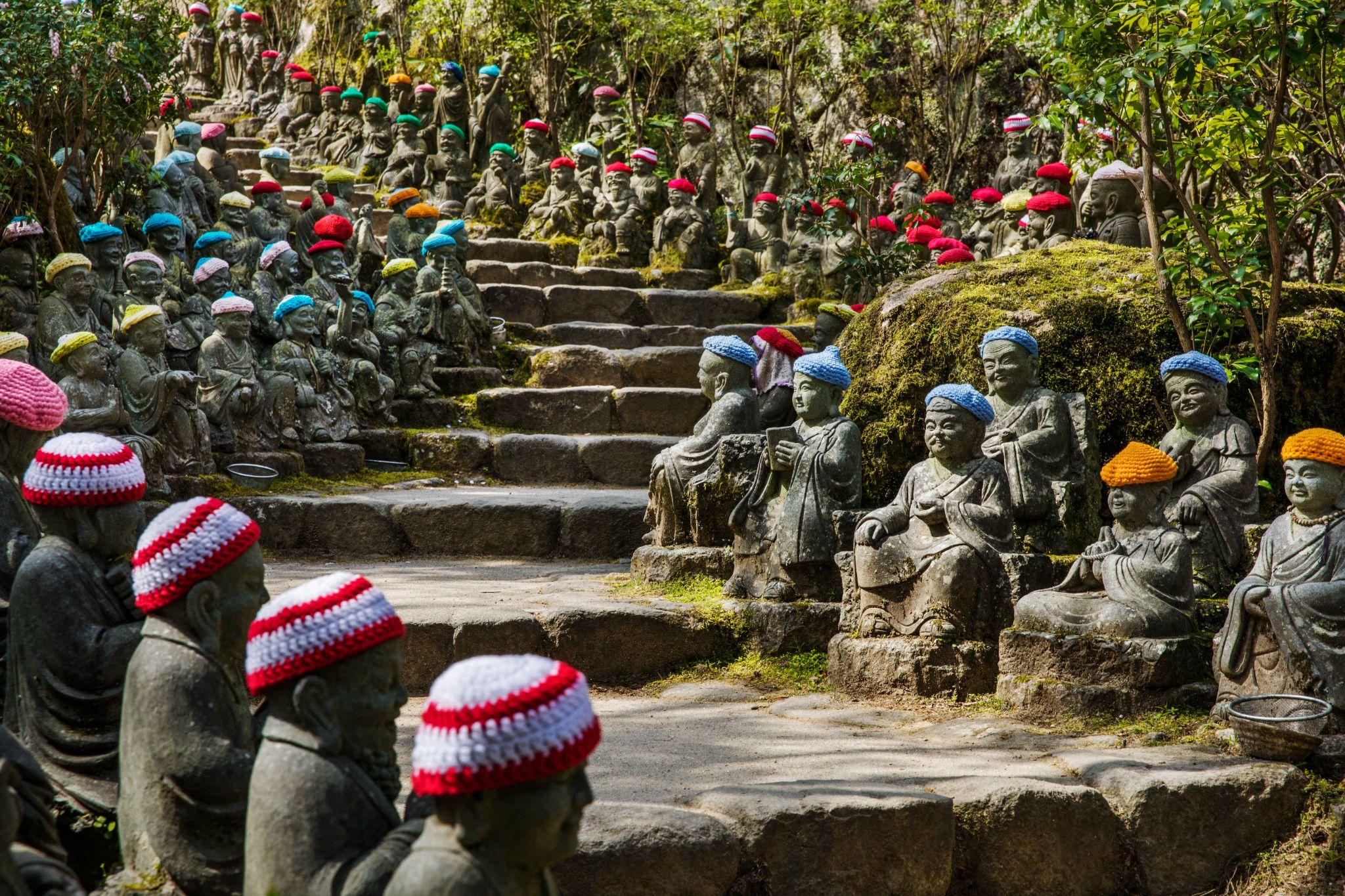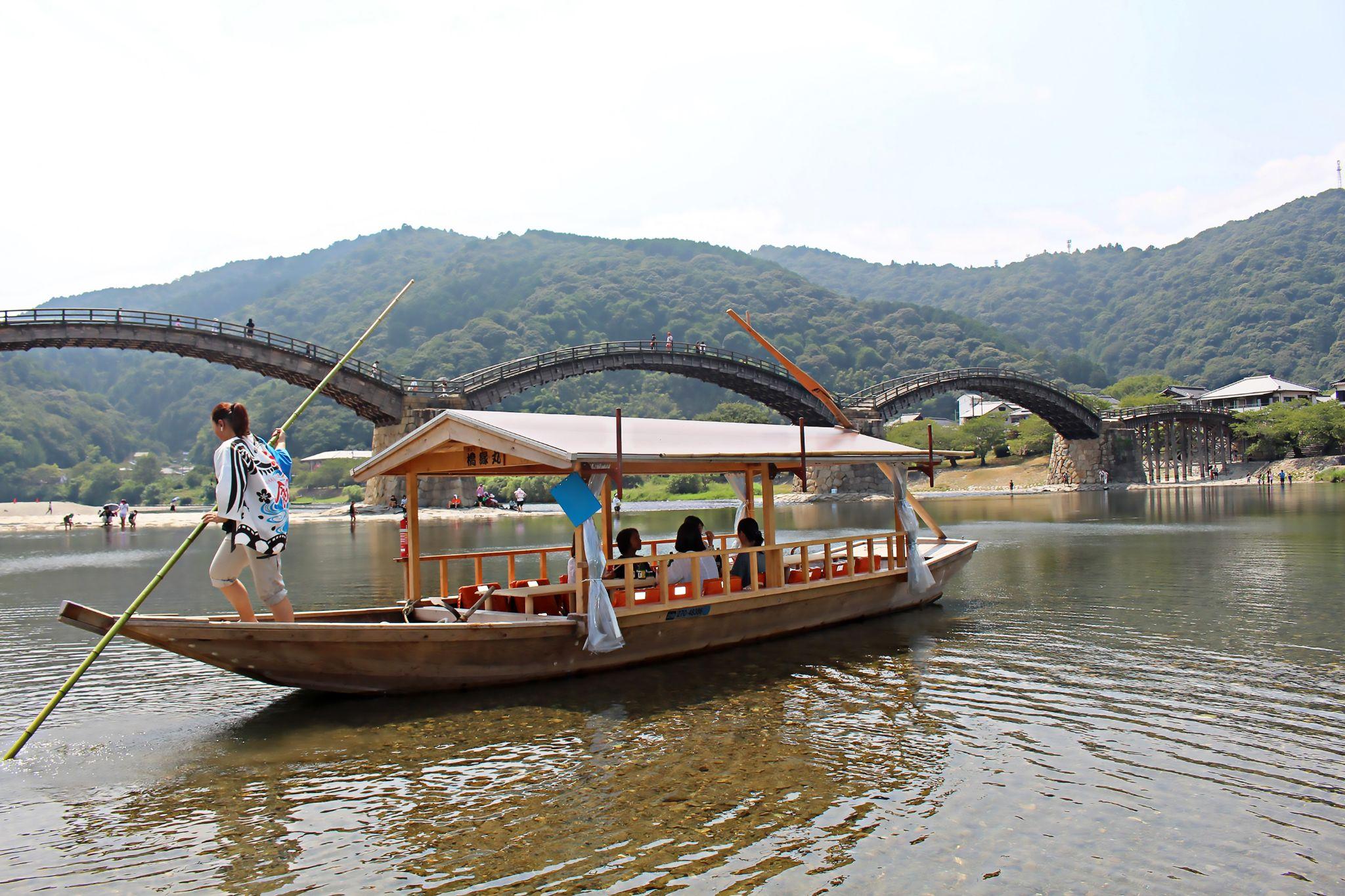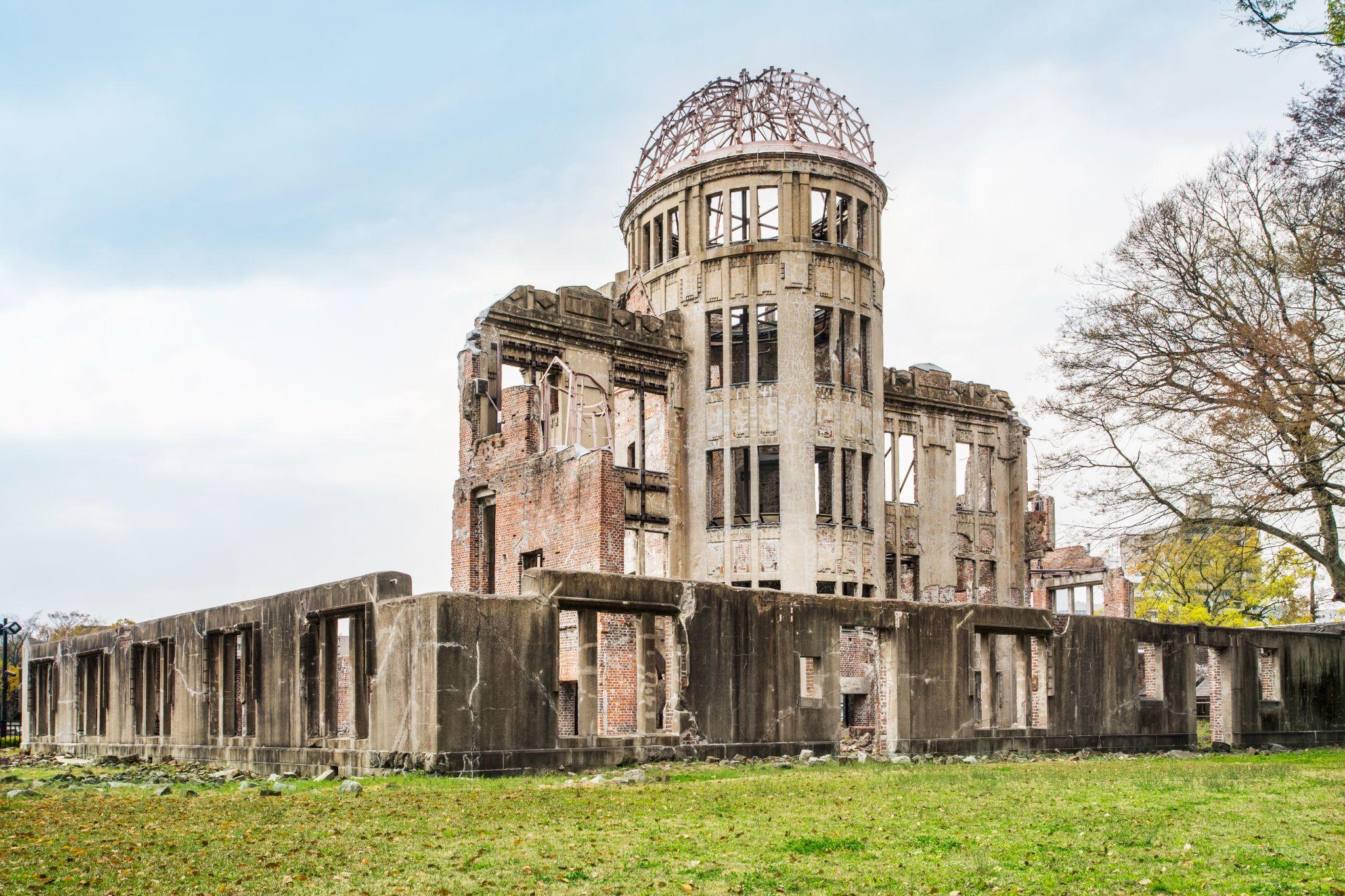Most of the travel world knows by now that the Japan Rail Pass is rising in price by 69% from October 1. Previously costing just a little more than round-trip tickets from Tokyo to Kyoto, the pass benefited most travelers visiting to Japan.
At the new price of 50,000 yen ($A525) for the standard offering, those purchasing the rail pass will need to make a more expansive effort to use it to gain their money's worth.
While many are mourning the change in pricing structure, the hike need not be the death of affordable travel in Japan. Even at 50,000 yen, it is still a very good deal. Moreover, the current macro economic situation means that the yen is weak compared to other currencies. As a result, Japan remains largely as economical as it has been prior to the price change.
One point that those buying the Japan Rail Pass will have to keep in mind the need to ride more bullet trains than before to make it a sound deal. For example, the standard Tokyo → Kyoto → Hiroshima route is actually cheaper without the pass if travellers don't include side trips. To make the pass worthwhile, travellers after October 1 will need to hop on and off the Shinkansen a lot more.
Fortunately, Setouchi is a region blessed with many and varied destinations widely dispersed across western Japan. To reach many of these efficiently, travellers will need to ride a series of bullet trains, which could be cost-prohibitive without the Japan Rail Pass. Even at 50,000 yen, the pass would still be a steal for travelling like this.
Since so many people already plan visit Hiroshima, we've prepared the following set of recommendations in the Setouchi region for individuals seeking something extra. We are calling our suggestions ‘spots en route to Hiroshima City’, or alternatively ‘beyond Hiroshima City’. With the help of the Japan Rail Pass, travellers can reap full value by adding one or two of these destinations to their Hiroshima visit.
En Route to Hiroshima City
Kobe
Thanks to its famous brand of beef, there are few people these days who haven't heard of Kobe. That said, there is much more to this port city than most people realise. From the lovely hot spring town of Arima Onsen to the historic Kitano district, there are many more facets of Kobe than just the delicious wagyu. Be sure to experience the epic night views from the Rokko Mountains!
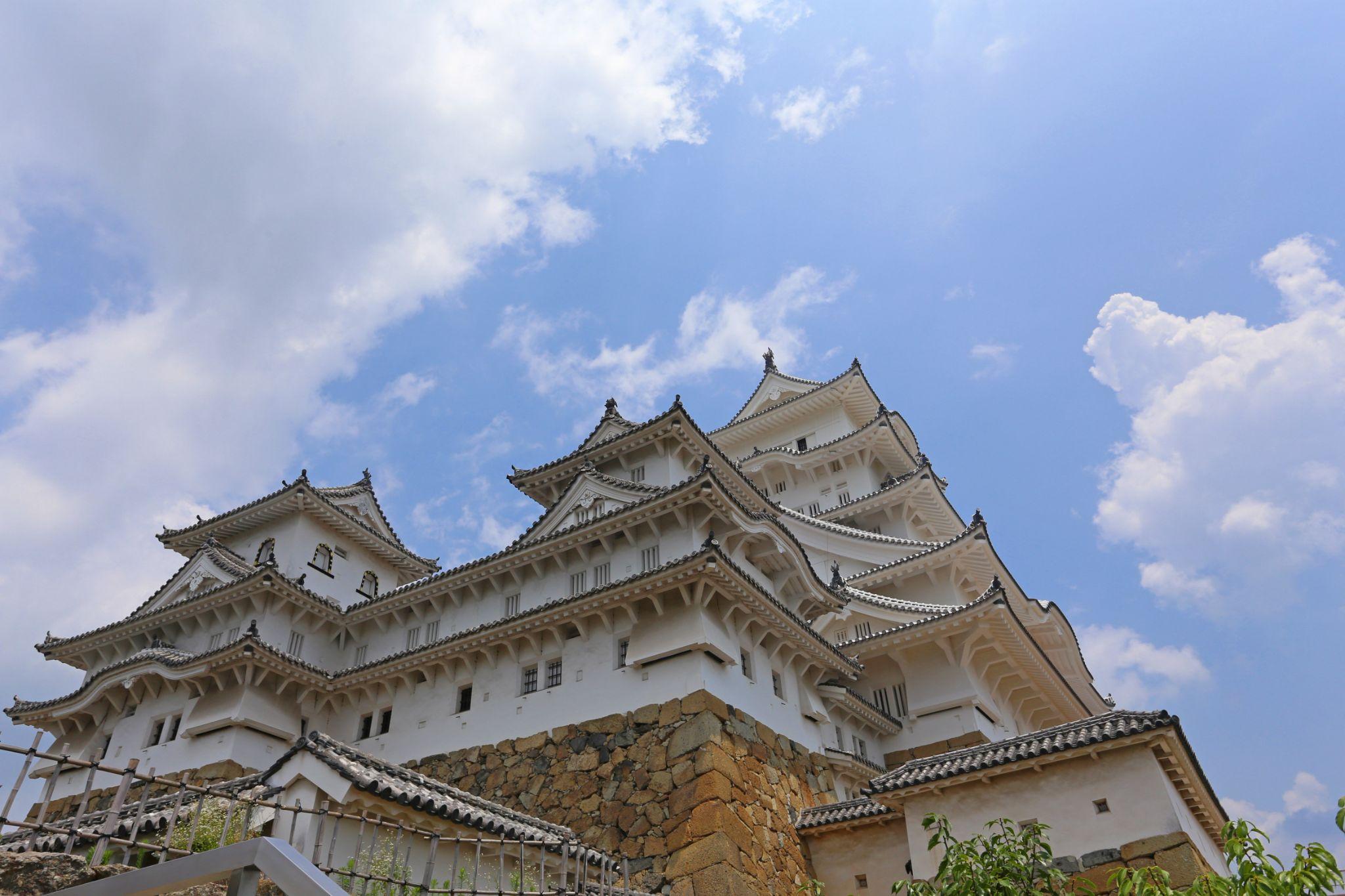
Home to the grandest of Japan’s 12 surviving original castles, as well as Shoshazan, Himeji makes an excellent pit stop along the way to Hiroshima. The historic castle is just a 15-minute walk away from the Shinkansen station and is easy to tack on. Shoshazan, on the other hand, requires a bus ride, but the breathtaking autumn leaves and ancient temple buildings are certainly worth it. Shoshazan is also where parts of ‘The Last Samurai’ were shot.
Kurashiki
For people coming from the east, the historic districts of Kurashiki are also a great option. The Kurashiki Bikan Historical Quarter is found equidistant between two Shinkansen stops and can easily be added on as a morning outing if you’re coming from Kyoto or Osaka. You can also make an entire day out of the detour and add on Okayama Castle and the enchanting Okayama Korakuen Garden!
Fukuyama
Aapproaching the capital city, Fukuyama will be one of the first major spots encountered in Hiroshima Prefecture. Alight here to check out Fukuyama Castle, which is only a minute or two’s walk from the station. There is also the Seto Inland Sea port town of Tomonoura. Used as inspiration for Miyazaki Hayao's animated film Ponyo, and as the setting for the Hugh Jackman movie, The Wolverine, Tomonoura is a stellar choice and a top example of Setouchi's rich cultural legacy. Be sure not to miss the original stone lighthouse!
Onomichi
Onomichi is another port town on the Seto Inland Sea. Famed for being the starting point of the Shimanami Kaido as well as for its temple walk, this hamlet is blessed with a number of spiritual and historic compounds. Nestled between the sea and the hills of Hiroshima, Onomichi and its many temples seemingly cling to the cliffside. For those choosing not to take the whole temple walk, taking the ropeway up to Senko-ji provides a chance to enjoy stunning views.
Beyond Hiroshima City
Miyajima
These days, most people know about Miyajima's Itsukushima Shrine and its iconic ‘floating’ torii gate. Yet there is much more to see on the island, as Miyajima has a few days' worth of allures. From the sacred Mt. Misen to the Buddhist temple of Daisho-in, Miyajima deserves far more than just a few hours of your time. To make the most out of the island, be sure to spend the night there, at one of the many ryokans.
Iwakuni
Only a stone’s throw away from Miyajima, Iwakuni makes an excellent addition to the common combo of the Atomic Bomb Dome, Hiroshima Peace Memorial Museum and Itsukushima Shrine. This former castle town is home to Kintaikyo, one of the three most beautiful bridges in Japan, as well as some great museums.
The Setouchi DMO has curated a number of routes that tour all the areas listed above. To learn more about these locations, as well as what to do, see, and eat in each of the suggestions featured here, head over to Setouchi DMO's website via the following links:
- Step back into Setouchi History in Kurashiki, Tomonoura and Onomichi
- A 3-day Journey through the History of Setouchi Samurai, Trade, and Culture
- Highlights of History and World Heritage in the Chugoku Region
In addition to the Japan Rail Pass, which provides largely unlimited train travel on all JR trains in Japan, there are also many other regional passes. Still unknown to many international travellers, these passes act similarly to the nationwide pass but are limited to a specific region of Japan. As a result, they are far more affordable than the Japan Rail Pass, although travellers first need to reach the section of Japan where they are valid.
While it is true that many of these other offerings from JR are also going up in price, the difference is nowhere near as significant as with the Japan Rail Pass. For example, the JR West All Area Pass is increasing only by 3,000 yen to 26,000 yen. It enables all-you-can-ride travel anywhere between Shin-Osaka Station and Fukuoka, as well as Kanazawa. Assuming travellers fly into Kansai International Airport, this is a steal if they remain in western Japan.
Being regionally restricted by a JR rail pass variant need not be such a significant issue, however. Major hot spots like Mt. Fuji and Kyoto are struggling to keep up with the number of people coming to visit, and this problem is also affects Hiroshima's top spots. Perhaps the change in pricing for the Japan Rail Pass presents the perfect chance to combat the growing challenge of over-tourism, by promoting travel to more rural areas that align well with standard itineraries.
With so much variety in Setouchi both before and after Hiroshima (and indeed in other parts as well), travellers visiting Japan after October 1 would do well to budget for a few more days in the region. After all, while Hiroshima is definitely a ‘must-visit’, there is so much more to Setouchi.
For more information contact David Frost, CEO, PR Deadlines: david.frost@prdeadlines.com

